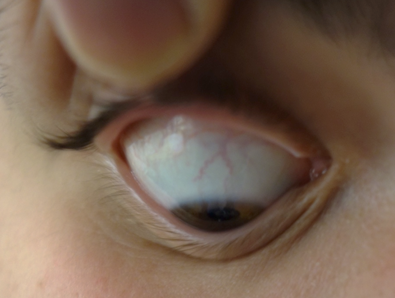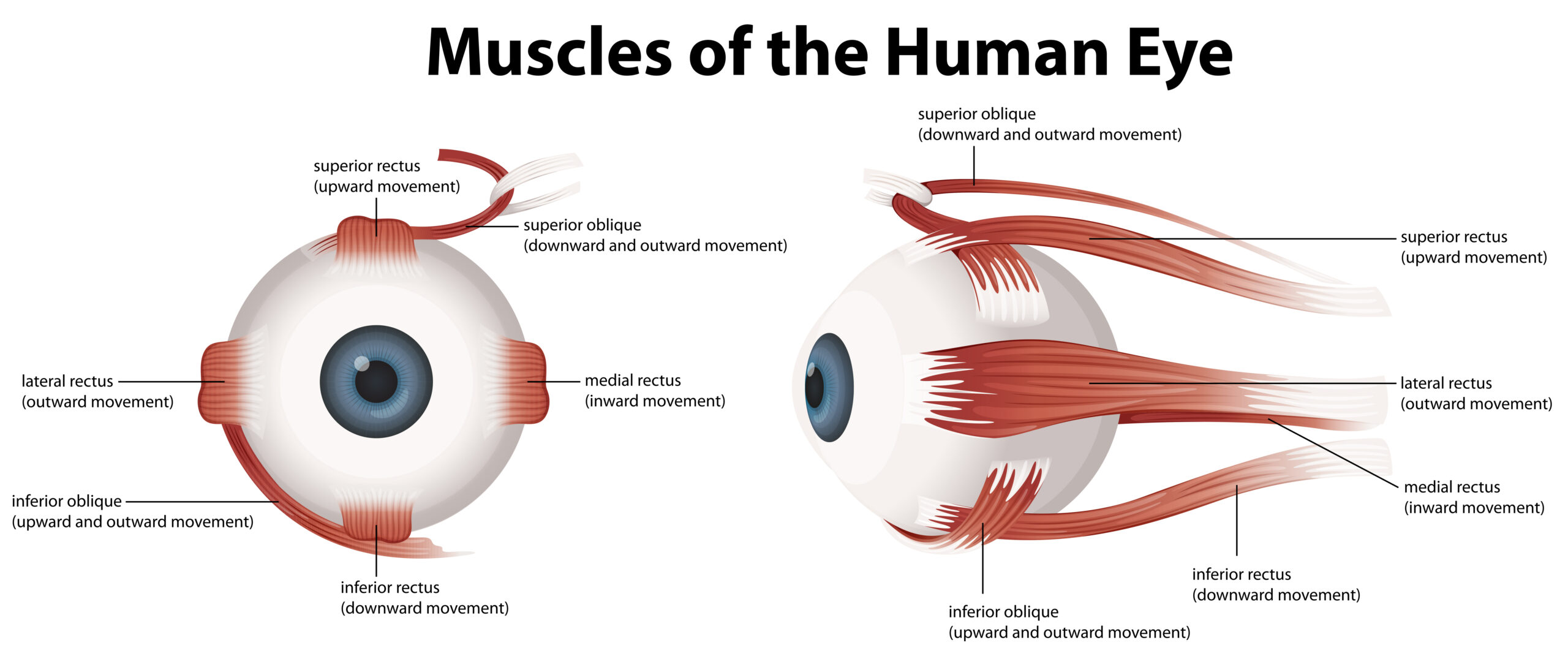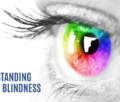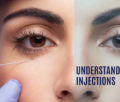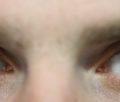Table of Contents
What Is Keratoconus?
Keratoconus is a condition where the clear window of the eye (cornea) becomes weak and thin, and takes a conical shape. It causes irregular astigmatism and blurred vision.
The conical shape is usually not visible until the disease is very advanced.
If you have keratoconus, your eye doctor will likely recommend wearing contact lenses or glasses to correct your vision. You may also need to have surgery to reshape the cornea.
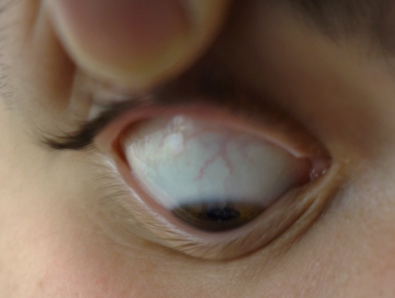
What Causes Keratoconus?
We don’t know exactly what causes keratoconus. Some people are more likely to get it (predisposed) because of their genetic makeup, and also because of something that happened to them in their early life.
Several things may have a link to the condition:
- Your chances of getting keratoconus are higher if you have family members with the same condition. The best way to protect your children is to have them screened for this condition starting around the age of 10 years.
- There is a strong link between eye-rubbing and keratoconus. Eye-rubbing is often triggered due to allergic eye disease, or as a habit.
- Certain systemic conditions can lead to keratoconus, including Down syndrome, Ehlers-Danlos syndrome, osteogenesis imperfecta, and retinitis pigmentosa.
Can It Damage Vision?
Yes. Keratoconus leads to blurred and distorted vision. In the initial stages, vision may be able to be corrected using glasses or contact lenses.
In advanced stages, the visual acuity may not improve without some form of corneal surgery, including corneal transplantation.
If you have keratoconus, laser vision correction surgery may not be a safe option, because the surgery can cause your cornea to thin and weaken further.
What Are the Symptoms?
As the cornea’s surface becomes more irregular, it causes more astigmatism.
An eye doctor may spot the signs of keratoconus during an eye examination. You should also mention symptoms like:
- Double vision when looking with just one eye
- Objects both near and far that look blurry
- Bright lights that appear to have halos around them
- Light streaks
- Ghost images
- Blurry vision that makes it hard to drive
How Is It Diagnosed?
Your eye doctor may need to analyse the shape of your cornea to see if you have keratoconus. There are a few ways to do this, but the most common is called corneal topography.
In this procedure, your doctor takes a picture of your cornea and checks it closely.
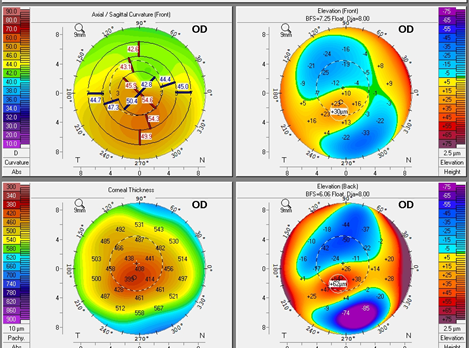
How Is Keratoconus Treated?
You will probably start with glasses or contact lenses to improve your vision.
A treatment called cornea collagen crosslinking may stop the condition from progressing.
If you have severe vision problems and other treatments haven’t worked, a corneal transplant may be your best option. The eye surgeon removes the center of your corneal stroma, replaces it with one from a donor, and stitches the new one into place. You may need to wear glasses afterwards.

